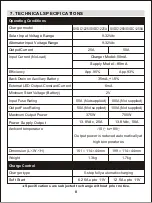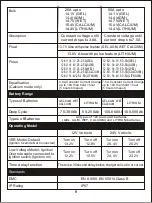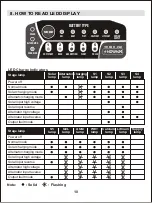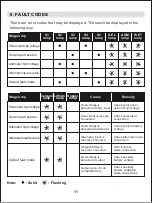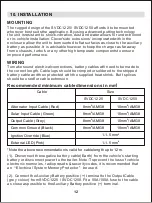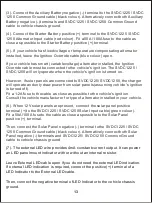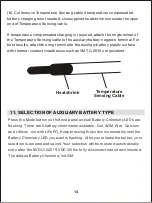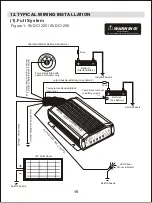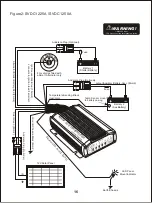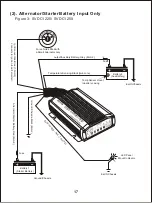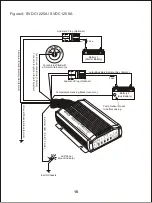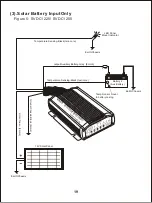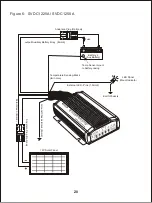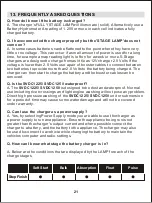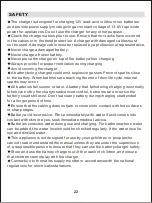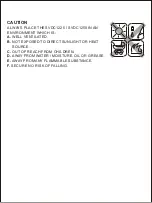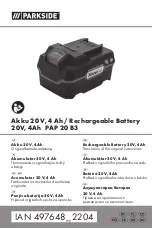
22
SAFETY
The charger is designed for charging 12V lead-acid or lithium-ion batteries
and provide power supply mode giving a constant voltage of 13.8V to provide
power for appliances. Do not use the charger for any other purpose.
Check the charger cables prior to use. Ensure that no cracks have occurred
in the cables or in the bend protection. A charger with damaged cables must
not be used. A damage cable must be replaced by a professional representative.
Never charge a damaged battery.
Never charge a frozen battery.
Never place the charger on top of the battery when charging.
Always provide for proper ventilation during charging.
Avoid covering the charger.
A battery being charged could emit explosive gasses. Prevent sparks close
to the battery. When batteries are reaching the end of their lifecycle internal
sparks may occur.
All batteries fail sooner or later. A battery that fails during charging is normally
taken care of by the chargers advanced control, but some rare errors in the
battery could still exist. Don't leave any battery during charging unattended
for a longer period of time.
Ensure that the cabling does not jam or comes into contact with hot surfaces
or sharp edges.
Battery acid is corrosive. Rinse immediately with water if acid comes into
contact with skin or eyes, seek immediate medical advice.
Batteries consume water during use and charging. For batteries where water
can be added, the water level should be checked regularly. If the water level is
low add distilled water.
This appliance is not designed for use by young children or people who
cannot read or understand the manual unless they are under the supervision
of a responsible person to ensure that they can use the battery charger safely.
Store and use the battery charger out of the reach of children, and ensure
that children cannot play with the charger.
Connection to the mains supply must be in accordance with the national
regulations for electrical installations.

